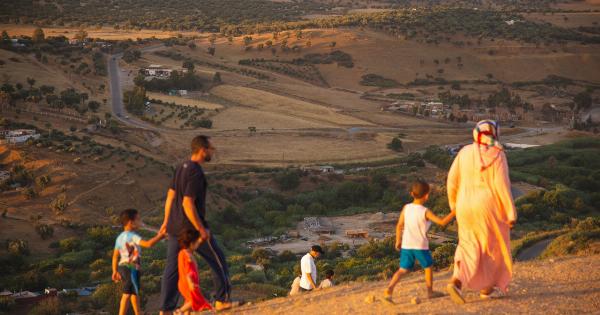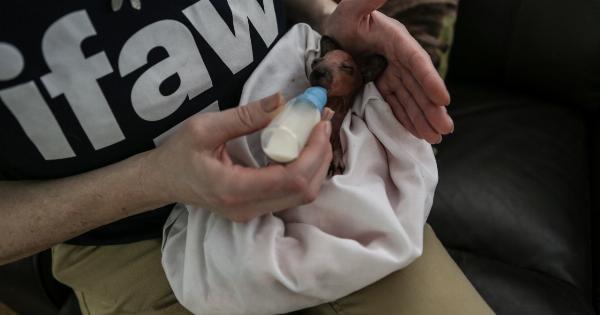Tuberculosis (TB) is one of the leading causes of death worldwide. In 2019, an estimated 1.4 million people died from TB, with an additional 10 million falling ill with the disease.
TB is caused by an infectious bacterium called Mycobacterium tuberculosis and primarily affects the lungs, but can also impact other parts of the body.
What are the Symptoms of Tuberculosis?
The symptoms of TB include coughing that lasts three or more weeks, chest pain, coughing up blood, fatigue, fever, night sweats, and unexplained weight loss.
TB can be a challenging disease to diagnose as these symptoms are common in other conditions as well. A diagnosis of TB typically involves a physical exam, chest x-ray, and laboratory tests.
How is Tuberculosis Spread?
TB is spread through the air when an infected person coughs, sneezes, sings, or talks. People who have close contact with individuals who have TB are at the highest risk of contracting the disease.
People with weakened immune systems, such as those with HIV/AIDS, are also at a higher risk of developing TB.
Preventing Tuberculosis
TB can be prevented through a combination of measures, including vaccination, early detection, and treatment. The Bacillus Calmette-Guérin (BCG) vaccine is used to protect against TB and is widely used in countries where TB is common.
Early detection of TB is crucial, and individuals who exhibit symptoms should seek medical attention promptly. Treatment for TB is typically a combination of antibiotics administered over a period of six to nine months.
The Global Fight Against Tuberculosis
TB is a global health threat, with over 80% of TB cases occurring in just 30 countries. The World Health Organization (WHO) has set a goal of ending the TB epidemic by 2030.
The WHO’s End TB Strategy is centered on three pillars: integrated patient-centered care and prevention, bold policies and supportive systems, and intensified research and innovation.
Joining the Fight Against Tuberculosis
There are many ways that individuals can get involved in the fight against TB:.
1. Education and Awareness
One of the most important things that individuals can do to fight TB is to educate themselves and raise awareness of the disease. By learning about TB, its symptoms, and how it is spread, individuals can take steps to protect themselves and others.
2. Donations
Donating to organizations that are working to prevent and treat TB is another way to get involved. The WHO, the Stop TB Partnership, and the Global Fund to Fight AIDS, Tuberculosis and Malaria are all working towards the goal of ending TB.
3. Volunteer Work
Volunteering with organizations that are working in TB-affected communities is another way to join the fight against the disease.
Volunteers can work on education and awareness campaigns, help with outreach efforts, or provide support to people affected by TB.
4. Advocacy
Advocacy efforts can help to raise awareness of TB and encourage policymakers to take action to prevent and treat the disease.
Individuals can write to their local elected officials, participate in rallies and protests, or use social media to spread the word about TB.
The Importance of Joining the Fight Against Tuberculosis
TB is a preventable and treatable disease, but it continues to pose a significant global health threat. Joining the fight against TB through education, donations, volunteer work, and advocacy can help to end the epidemic and save lives.































